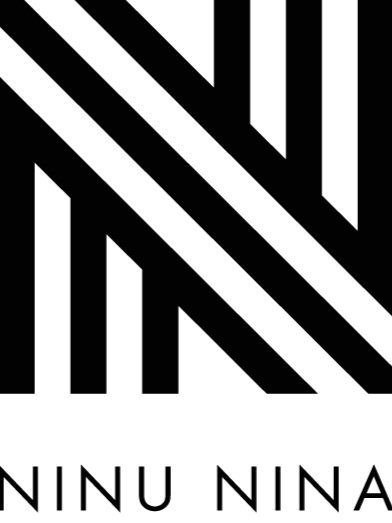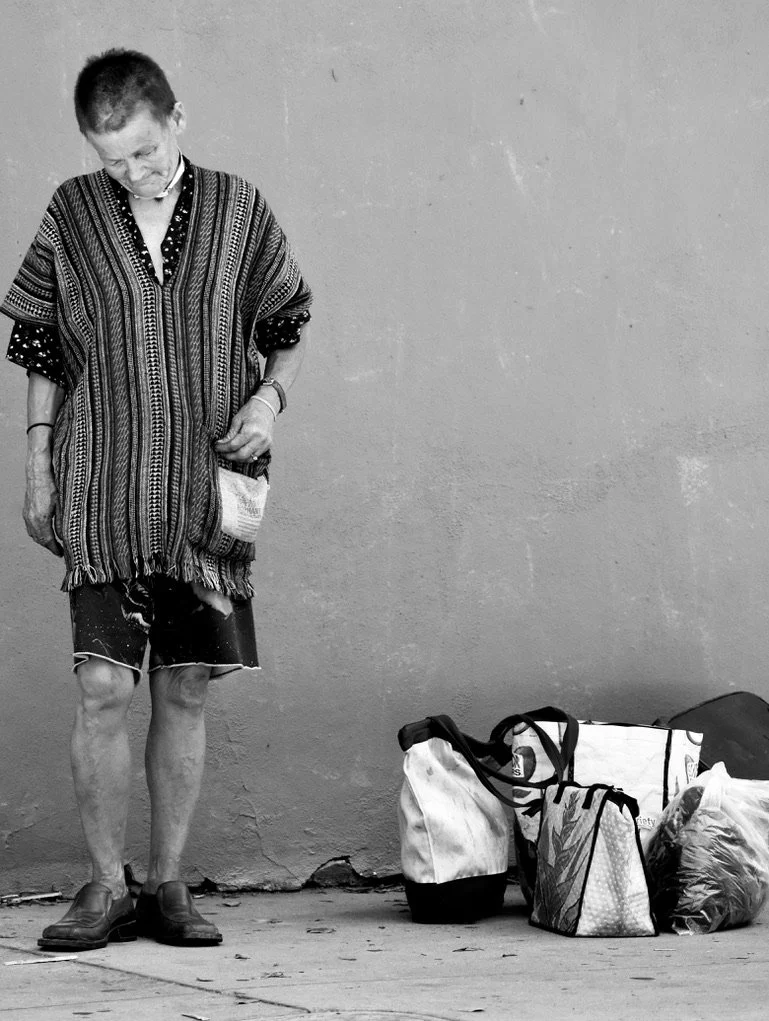CURATOR PREMJISH ACHARI
“What’s in a Face”, is a new exhibition at Gallery DotWalk curated by today’s guest, Premjish Achari, featuring the works of FN Souza, Krishen Khanna, Ravinder Reddy, TK Padmini and Madhvi Parekh. The artworks display frontal faces that involve an aesthetic dialogue with each other. The different art will trace and explore various visual inspirations (mythological, secular, indigenous), compositional strategies, selection of mediums and artistic intention. The representation of face has been an inevitable part of human history, even though the mediums and strategies of visualization have constantly been evolving. From its heyday, artists have significantly moved away from realistic representation and adapted abstraction or idealized portrayal as a parallel strategy to render the human face. Modern practitioners returned to the human face, especially with their encounter with non-European visual culture, as an essential method of portraying the crisis in subjectivity. With increased surveillance technologies, face scanning apps, smartphones, and social media, the human face is at the zenith of its representation to characterize our identity.
I am a Delhi-based curator and writer. I also teach art history and theory at Shiv Nadar University. A few years back, I founded a curatorial platform, Future Collaborations, which aims at politically and theoretically informed curation. My attempt was to develop a paradigm shift in how we organize/curate exhibitions by making them more interactive, participatory, and politically relevant. In 2018, my work in developing new curatorial paradigms was recognized through the Prameya Art Foundation's Art Scribes Award, including a residency at Château de La Napoule, France. I also received the Pro Helvetia Art Writers' Award 2021 for conducting critical research on collaborative practices.
Tell us about your greatest inspirations or influences please.
I am highly inspired by critical ideas and thoughts. Ideas that make us rethink, unlearn, and see the world in a renewed manner. Thinkers who have unraveled the inequalities and disparities around us, scholars/writers/artists who propose newer visions to create a more just and equal world, are a massive inspiration to my practice. In my own practice and thinking, I draw a lot from great thinkers like Karl Marx, Dr. BR Ambedkar, Hannah Arendt, Mahmood Mamdani, and Sarah Ahmed. Also, I always resort to novels, poetry, and cinema to motivate myself.
How are the current trends in technology and innovation affecting your work as a creative?
The recent technological developments have greatly altered the landscape of creative practices. For example, we all are now aware of the NFT boom. But I would like to argue that NFT is just a symptom of the larger changes we are witnessing around us. It does not help us to learn what technology is doing to us and what kind of life it is designing for all of us. So instead of getting enchanted by the marvel of these developments, I look at them with criticality to examine how these will affect human behaviors, social relations, and our own dependency on technology. The world is increasingly becoming reliant on technology without even understanding the processes that go behind this and not being able to have an ownership or say in these changes. We all are just going with the flow. That is a problem for me. So I would like to critically interrogate technological developments rather than embracing them fully.
We'd love to hear more about your curatorial process.
My curatorial practice is like research. If I am bothered by a specific historical, theoretical or political problem, I would like to turn that into a curatorial problem. By this, I mean that I will use the collaboration of artists, writers, activists, etc., to find an answer to this research problem. I usually begin with a question. For example, what is monsoon's scientific, cultural, and historical life in South Asia? I can give an art historical answer to it, but that is incomplete. If I only include artists as part of this intellectual journey, it will only give us an artistic perspective. So, I expand the nature of participation to various stakeholders and draw their views. The exhibition becomes a platform where all these perspectives meet, and the viewers can engage with them to develop a multi-disciplinary understanding of a problem.
What do you think of the art world and how it works in general?
Yes, the art world has always been in flux. It is naïve to assume that things will remain like this forever. It has not been like this throughout history and will not be. My fundamental problem with the art world, art pedagogy, and art practice are that they rely on this short period of art history from the 19th century till now and presuppose that art was always produced and received like this. It was not. It will mutate into something else. There are many art worlds, and we need to understand this field through this expanded understanding. We know of the mighty institutions of art like museums, galleries, auction houses, and foundations, but diverse forms of practices and art consumption exist outside these institutions' ambit. So, we must develop a pluralistic perspective about these processes and receptions. The existing art world, as we know, is very hierarchical and exclusive. That must be restructured.
Anything coming up that we should know about?
My exhibition, What's in a Face? opened at Gallery Dotwalk in Gurgaon recently. The show engaged with artworks that examine the representation of faces by modern and contemporary Indian artists. In December, I will curate another exhibition that engages with recent paintings and try to understand painting as a practice in which artists constantly revise the surface. This will happen in the Gallery Dotwalk. I am also curating a three-part exhibition, The Chaos Trilogy, at The Guild, Mumbai, as part of their 25th anniversary. These three exhibitions will closely engage with contextualizing the economic, social, and political chaos that erupted in India after the 1990s.
What does wellbeing mean to you and anything in particular that you practice?
I believe in caring and try to foreground the care of marginalized subjects through my practice. For a long time, curators have given importance to caring for artworks. I am shifting this focus to the care of the oppressed. For me, care is not something that comes from a neutral position. It is a political act, and we need to turn exhibitions into platforms where the oppressed can speak for themselves instead of hijacking their voices.




